
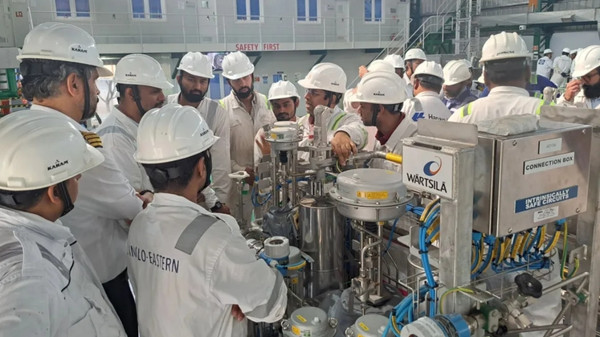
|
Anglo-Eastern completes pilot training course for ammonia-fuelled vessels
Ship manager prepares crew ahead of first ammonia-fuelled vessel takeover with inaugural training programme. |
|
|
|
||
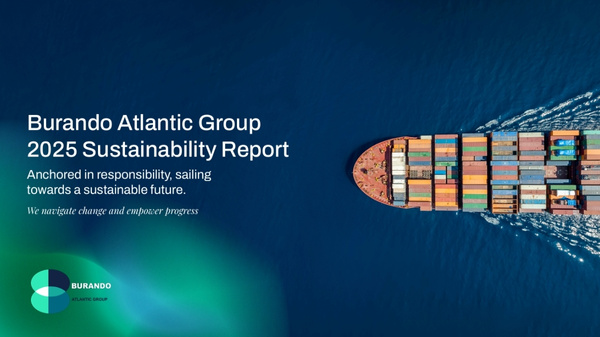
|
Burando Atlantic publishes first sustainability report, secures ISCC EU recertification
Maritime group releases inaugural sustainability report while Burando Energies extends biofuel traceability certification. |
|
|
|
||

|
ABB and HDF Energy to develop high-power fuel cells for large ships
Joint development targets megawatt-scale hydrogen fuel cell units for container feeders and liquefied hydrogen carriers. |
|
|
|
||
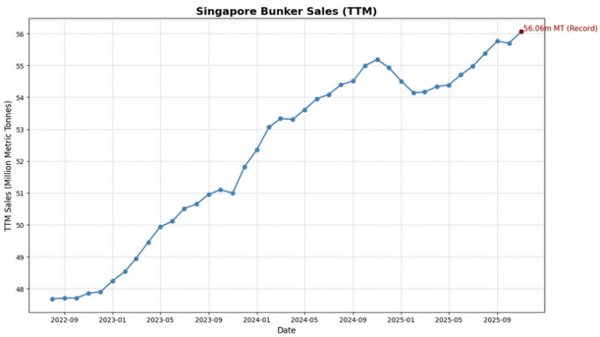
|
Singapore bunker sales break new ground as TTM volumes surpass 56m tonnes
Trailing 12-month bunker sales rise to new all-time record at Asian port. |
|
|
|
||
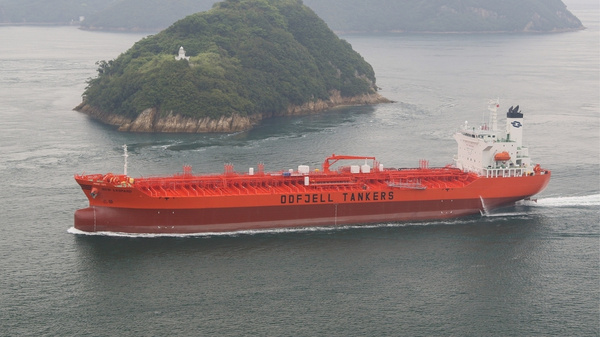
|
Odfjell launches operational green corridor between Brazil and Europe using biofuel
Chemical tanker operator establishes route using B24 sustainable biofuel without subsidies or government support. |
|
|
|
||
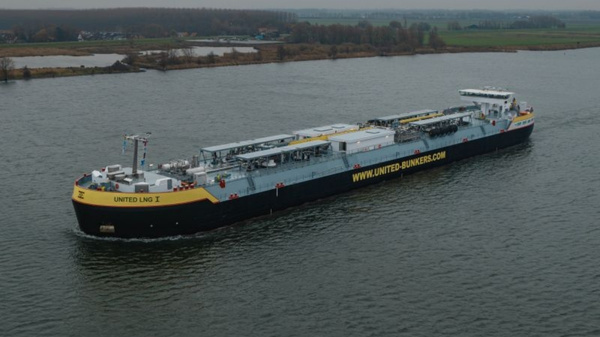
|
Somtrans christens 8,000-cbm LNG bunker barge for Belgian and Dutch ports
United LNG I designed for inland waterways and coastal operations up to Zeebrugge. |
|
|
|
||
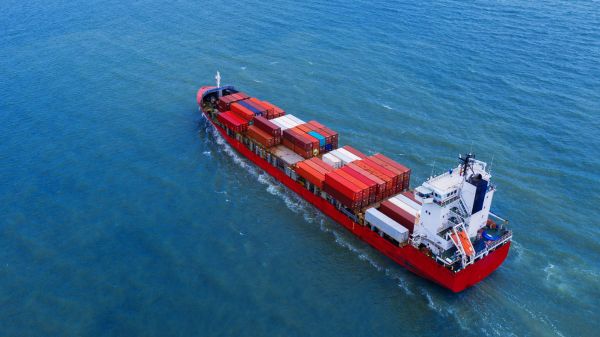
|
BIMCO adopts FuelEU Maritime and ETS clauses for ship sales, advances biofuel charter work
Documentary Committee approves regulatory clauses for vessel transactions, progresses work on decarbonisation and emerging cargo contracts. |
|
|
|
||
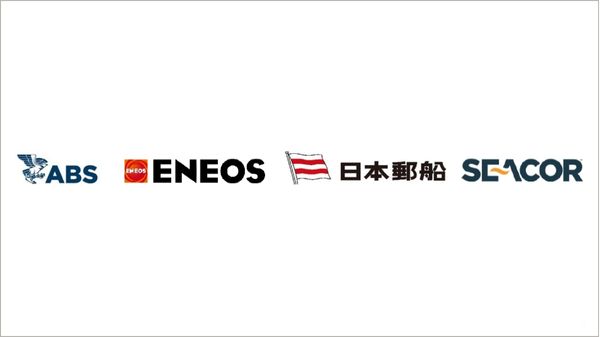
|
Four companies launch study for US methanol bunkering network
ABS, Eneos, NYK Line, and Seacor to develop ship-to-ship methanol supply operations on Gulf Coast. |
|
|
|
||
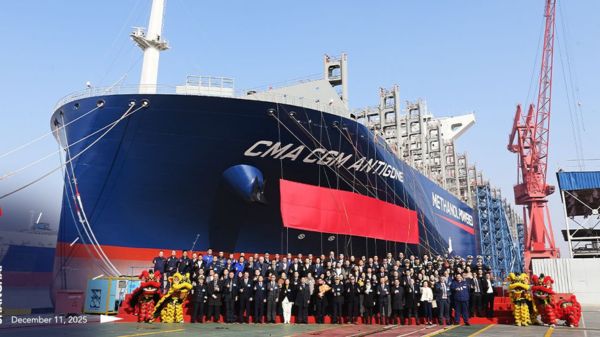
|
CMA CGM names dual-fuel methanol vessel for Phoenician Express service
CMA CGM Antigone to operate on BEX2 route connecting Asia, the Middle East and Mediterranean. |
|
|
|
||

|
Golden Island appoints Capt Kevin Wong as chief operating officer
Wong to oversee ship management and low-carbon fuel development at Singapore-based marine fuels company. |
|
|
|
||
| 'Considerable interest' in fuel management system prompts distribution agreement [News & Insights] |
| Upgraded fuel management system launched [News & Insights] |
| Asian operator installs fuel management system [News & Insights] |
| Bahri subsidiary orders fuel management systems for 26 VLCCs [News & Insights] |
| FuelTrax developer migrates to Austin data centre [News & Insights] |
| Amarcon to supply fuel monitoring systems to 12 Pioneer Marine vessels [News & Insights] |